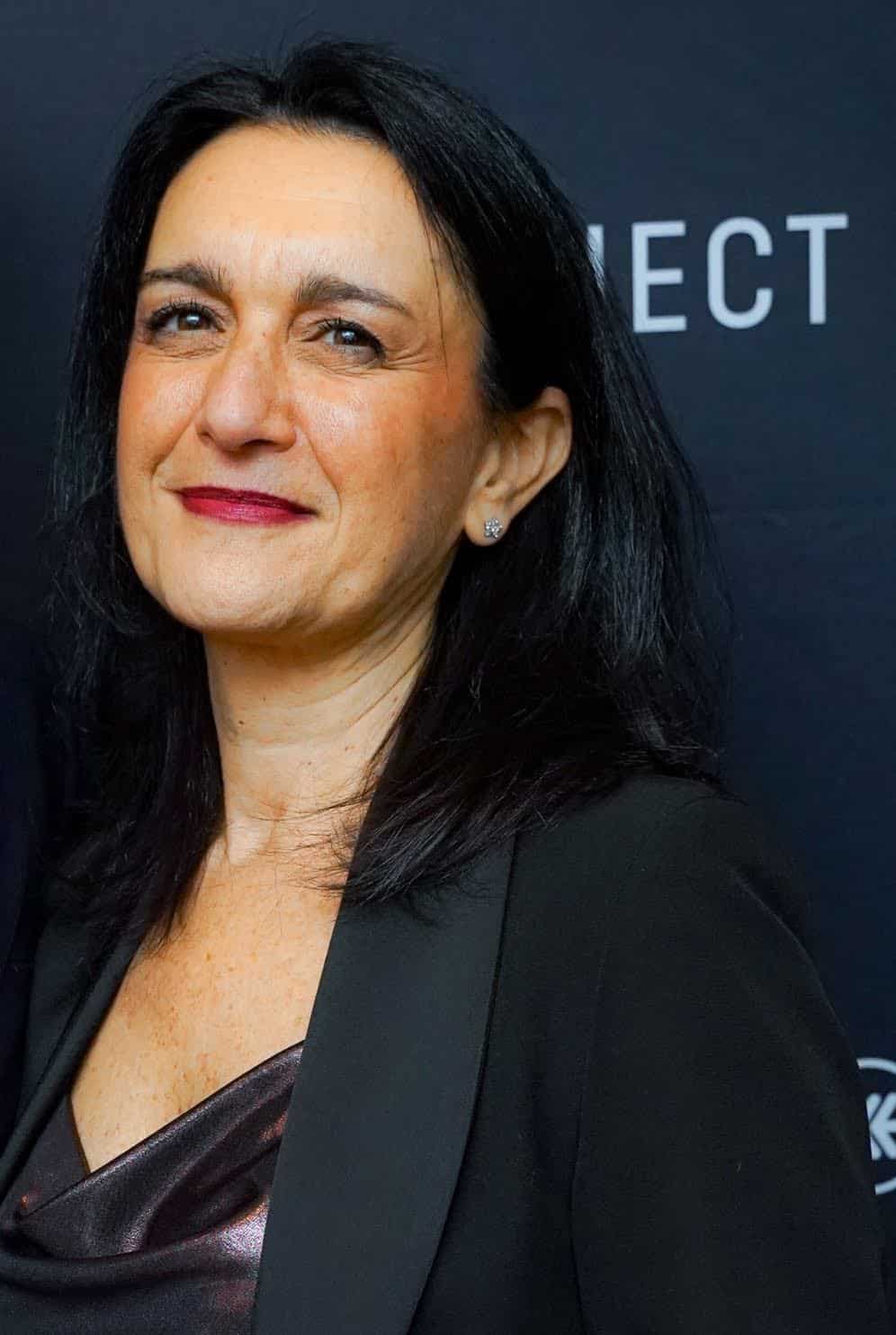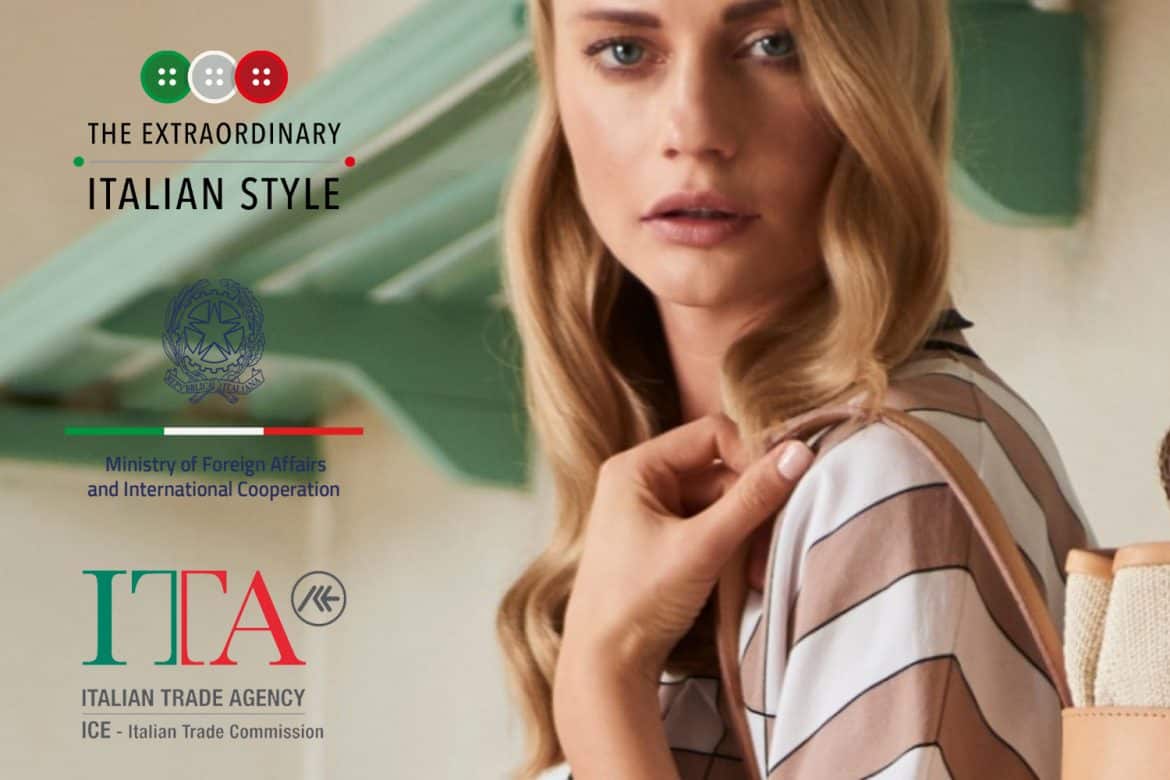Italian fashion is known and adored all over the world for its high quality and heritage, but due to COVID precautions, companies are still unable to physically go to market. Enter the Italian Trade Agency, who guided, supported, and facilitated the brands in its Made in Italy program to once again showcase their wares virtually this season. Some 57 of the country’s most impressive industry names are highlighted on the Italy Pavilion on Coterie’s digital trade show, which is available to access until March 16. The Daily talked to Paola Guida, head of fashion & beauty division at the Italian Trade Commission in New York, to hear how the transition to digital has been this time around—and what’s keeping her hopeful for the future.
Can you tell us about the success of last year’s virtual tradeshow?
Last year was the first time that everybody went on to digital platforms, because of COVID. We had many companies join us with Informa and we had great feedback from the companies with some big numbers. But Italian companies weren’t so well prepared for a digital experience, and some buyers and companies were a little confused at first. Overall the companies were satisfied and they understood that they need to be online for market. We also got great feedback from the buyers, which has made the second edition a lot clearer and easier to navigate.
How does the strategy differ this year from last year?
There’s 57 brands this year, just for Coterie. What we found is that compared to last year, companies have improved a lot on the way they deal with digital, and they have found a better way of presenting themselves. The results will be even better this year.

Paola Guida (Courtesy)
What are the benefits of brands being able to connect virtually with buyers and retailers through the platform?
They started understanding that digital is a new way and it’s the future; they have to be prepared. Digital will be something that will be in parallel with in-person events, and so I think that digital is now in their strategy more. Companies know they have to improve on their offering because this is the way they get into the market.
Are the brands reaching more people than ever before?
Yes, definitely. Brands are in touch with much more people compared to the last year, because Informa has opened up the platform in a different way than the previous year, and targeted more buyers, carefully, that meet their real needs. Italian product cannot be compared with product from other regions, in terms of its quality, craft, history, and heritage.
What are some of the most popular Italian brands featured?
There are a lot of very popular companies! All boast fine design and quality, and an excellent quality/price ratio.This year, we have the likes of Twinset and Amina Rubinacci; brands who are used to being on the American market. Another one that’s very popular is GRETEL Z.
What do all these 57 brands have in common?
I think that, overall, they’re representing the real Made in Italy: quality garments, raw materials, exceptional tailoring and knitting. They’re medium and small companies, and exactly what you will find in Italy if you go into a boutique. They also represent a high quality to price ratio, and because they’re flexible, that can meet the expectations of buyers and consumers.
How does your department support and help these companies?
We are meeting digitally, speaking with the companies, and we are here to help with anything they need for support. We’re planning to have webinars introducing the U.S. market to them and to show them how they need to be prepared. As soon as the situation is improved, we’re planning to go physical. We think there’ll be a trend for smaller events. This isn’t something that was there before. While we want to go to market, we’ll also bring our companies to different places, and not just the big events. We think that for the next few years, big events will still be an issue for buyers. What we are planning is to do smaller trunk shows and exhibitions.
View this post on Instagram
How will you measure the success of this year’s event?
We are considering it a successful event when our companies are getting contracts and meeting with buyers. We do have measurements, and we are viewing them and counting how many buyers companies met, how many were suitable, how many did they get a contract out of. I think it’s like in-person exhibitions: it’s about the feeling of the market. You cannot just rely on numbers. They’re important, which is why we ask Informa to provide us with them from our Italian Pavilion, but we will listen to the company, what they experienced, and who they met. I think companies need to understand what the market is asking for. If we have the same numbers, or more, participating in the next one, then it’s a clear result that the event was a success.
What are your predictions for future live trade shows?
Live trade shows will be very welcome! Every time we talk to Italian companies, they are willing to fly and come to the U.S. While shows will go on in person, the problem [for Italian citizens] is the visa ban. We really hope the administration will waive the ban, perhaps in August. We are definitely hopeful that we can start in-person trade shows when companies are allowed to [enter the country.] The Chicago Collective will hopefully be the first one, followed by Coterie in September.
How has digital enhanced the trade show experience?
Digital is great, we can cover things in so many ways and show everyone the latest fashion. But I still think the in-person events and the possibility to see, touch, and feel the product [is essential]. With the proper precautions, it’s something that we can manage. All the Italian companies are ready to start again. Live trade shows will happen next season…and we will be there!
View this post on Instagram
What is keeping you positive and hopeful about the future of the Italian fashion industry?
Italian fashion is something that the consumers are always looking for. Promoting Made in Italy is something that we very much care about, for many reasons. These are family owned companies, there is heritage, background, and history to the way they do what they do. This is something that the U.S. consumer is ready to appreciate. I think, after all this time, the consumer is more keen to buy organic, environmentally-friendly, and sustainable. We just launched a campaign in December to support Italian leather, which is very sustainable. It’s made in Italy, compliant with very strict regulations to take care of water waste and ensure an environmentally-friendly process. We have some of the strictest regulations in Europe and there is a very strong interaction and relationship between producers of fabrics and clothing. This means we’re very flexible, with tailor made product to reduce the waste and reuse the raw materials. All the industries are very interconnected, allowing us to be very aware of the environment and the way we have to protect it.
What else is your team working on right now?
Digital is a new tool for us, in a way. Last year, we developed ExtraITAStyle, which allowed our companies to introduce themselves to the market in a more fashionable way. We launched the platform so that we can give more companies the opportunity to be seen by U.S. retailers and consumers. We hope the consumers can appreciate and be aware of what Made in Italy is. We are planning to relaunch the platform again for the next season, with a full branch of companies. We are hoping for 150 brands and we are really excited about having another tool that the companies can use. It will be launched from June to September, just in time for the new collections.
Subscribe to our newsletter and follow us on Facebook and Instagram to stay up to date on all the latest fashion news and juicy industry gossip.

